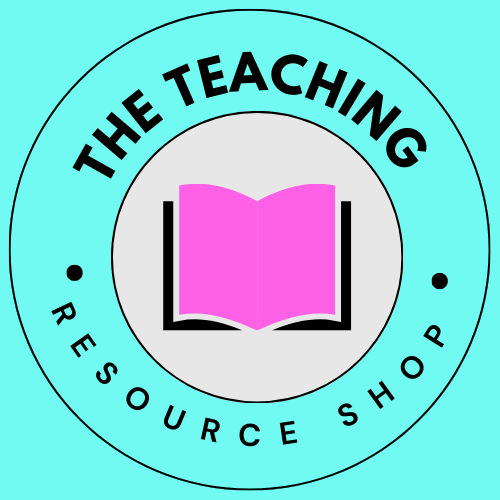How To Select Resources For Your ESL Lesson
Selecting appropriate resources is crucial for designing a practical ESL (English as a Second Language) lesson. Here are some key considerations to ensure you choose the right resource:
1. Learner Level: Assess the proficiency level of your students and select resources that align with their abilities. Choose materials that challenge them without overwhelming or tedious them.
2. Objectives: Clearly define your lesson objectives and choose resources that support those goals. Whether you aim to enhance listening, reading, speaking, or writing skills, select materials that provide relevant practice and engagement.
3. Authenticity: Authentic materials, such as newspaper articles, podcasts, or videos, expose learners to real-life language usage. Incorporate these resources to enhance their language and cultural understanding.
When selecting materials, it is useful to have a number of criteria in mind: Is it appropriate for use with teenagers? or adults? Is it interesting? Are the contexts and examples relevant to the needs of the learners? Does it lead to self-assessment? Is there any bias or stereotyping? Can it be adapted to suit a particular learner?
4. Variety: Include a variety of resources to cater to diverse learning styles and preferences. Use textbooks, worksheets, online platforms, multimedia, and interactive activities to keep lessons dynamic and engaging.
5. Relevance: Select resources that are culturally appropriate and relevant to your students' interests and backgrounds. Relatable content increases motivation and fosters meaningful learning experiences.
6. Accessibility: Ensure that the resources are accessible to all students. Consider factors like readability, audio-visual support, and availability of translations or explanations.
7. Alignment: Ensure the resources align with your curriculum or syllabus. Choose materials that cover the necessary language components and follow a logical progression.
By carefully selecting resources that meet these criteria, you can create a practical ESL lesson that engages learners, promotes language acquisition, and supports their overall language development.

